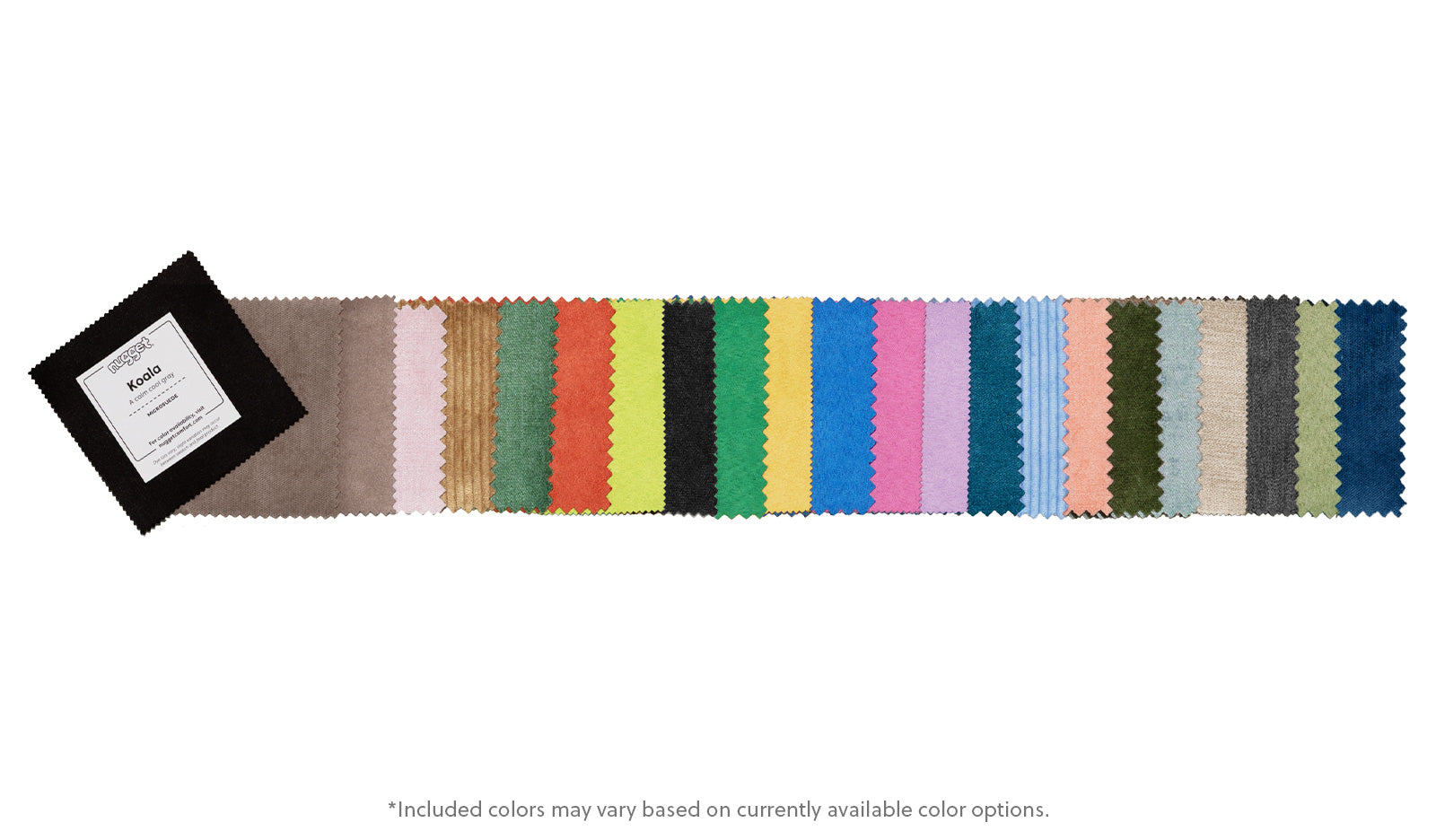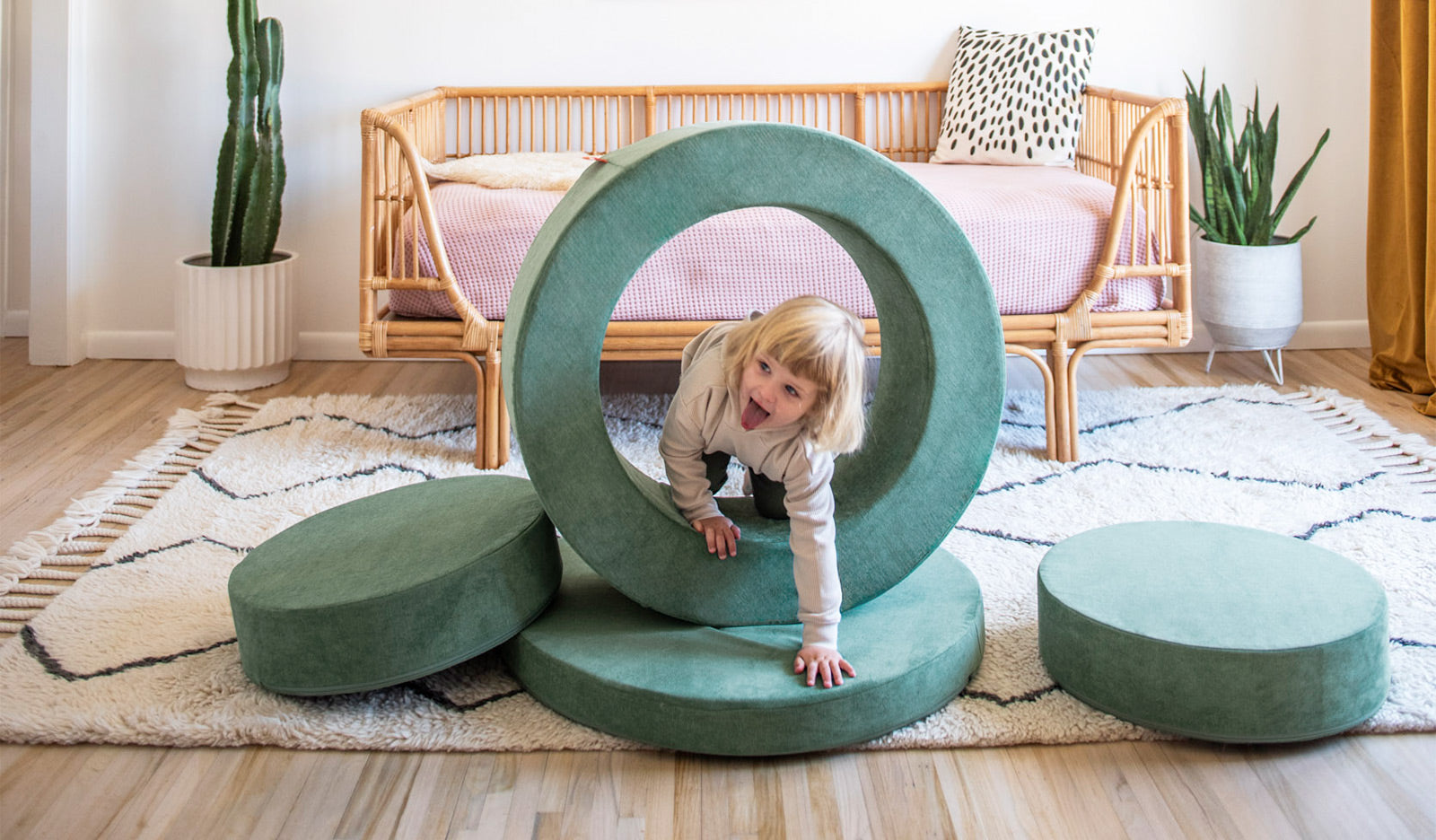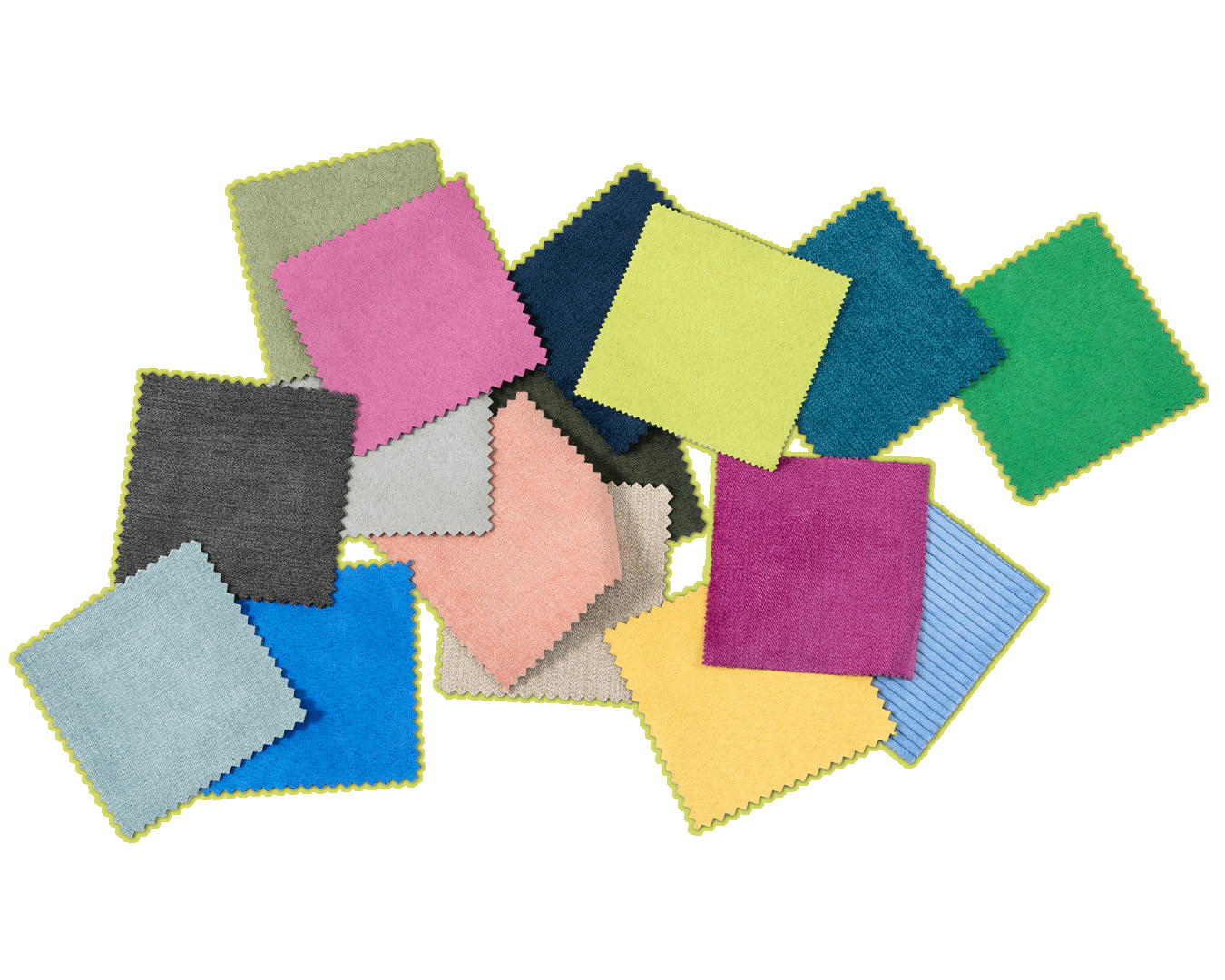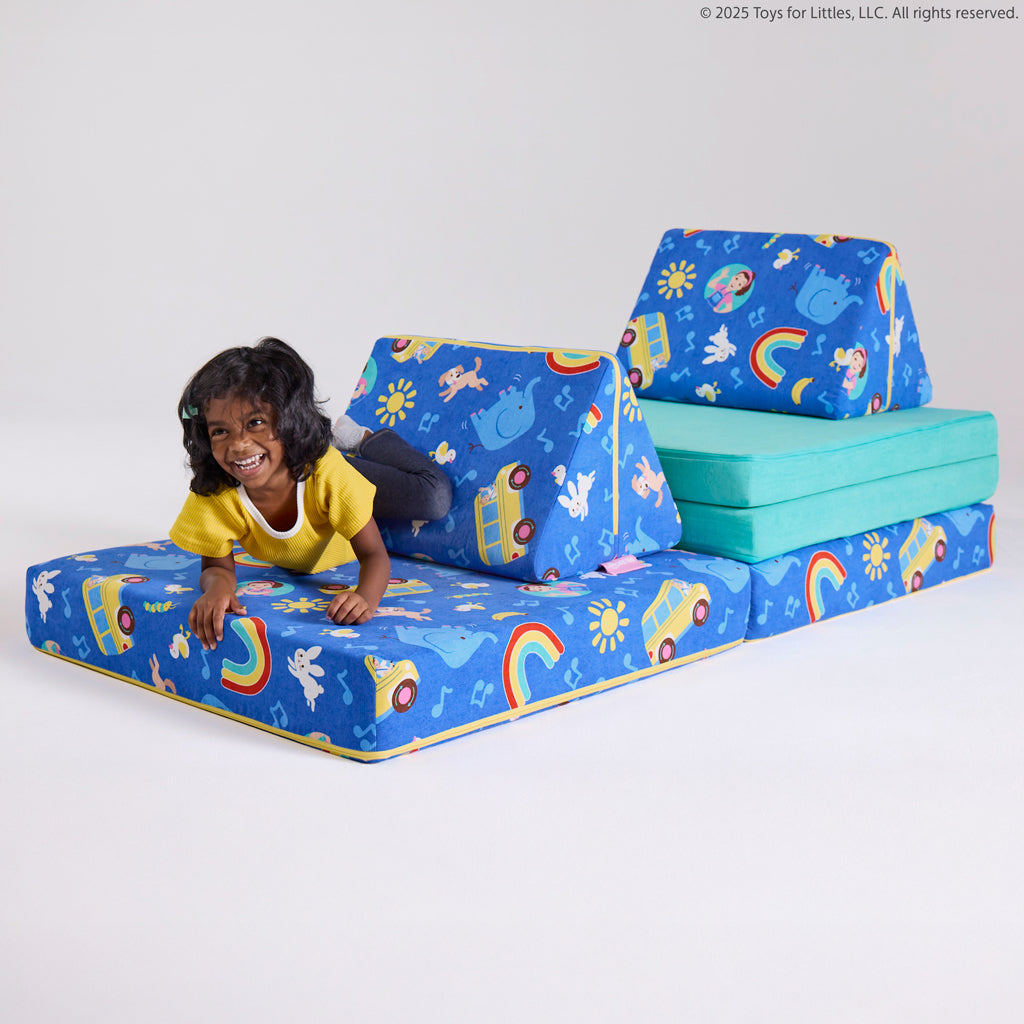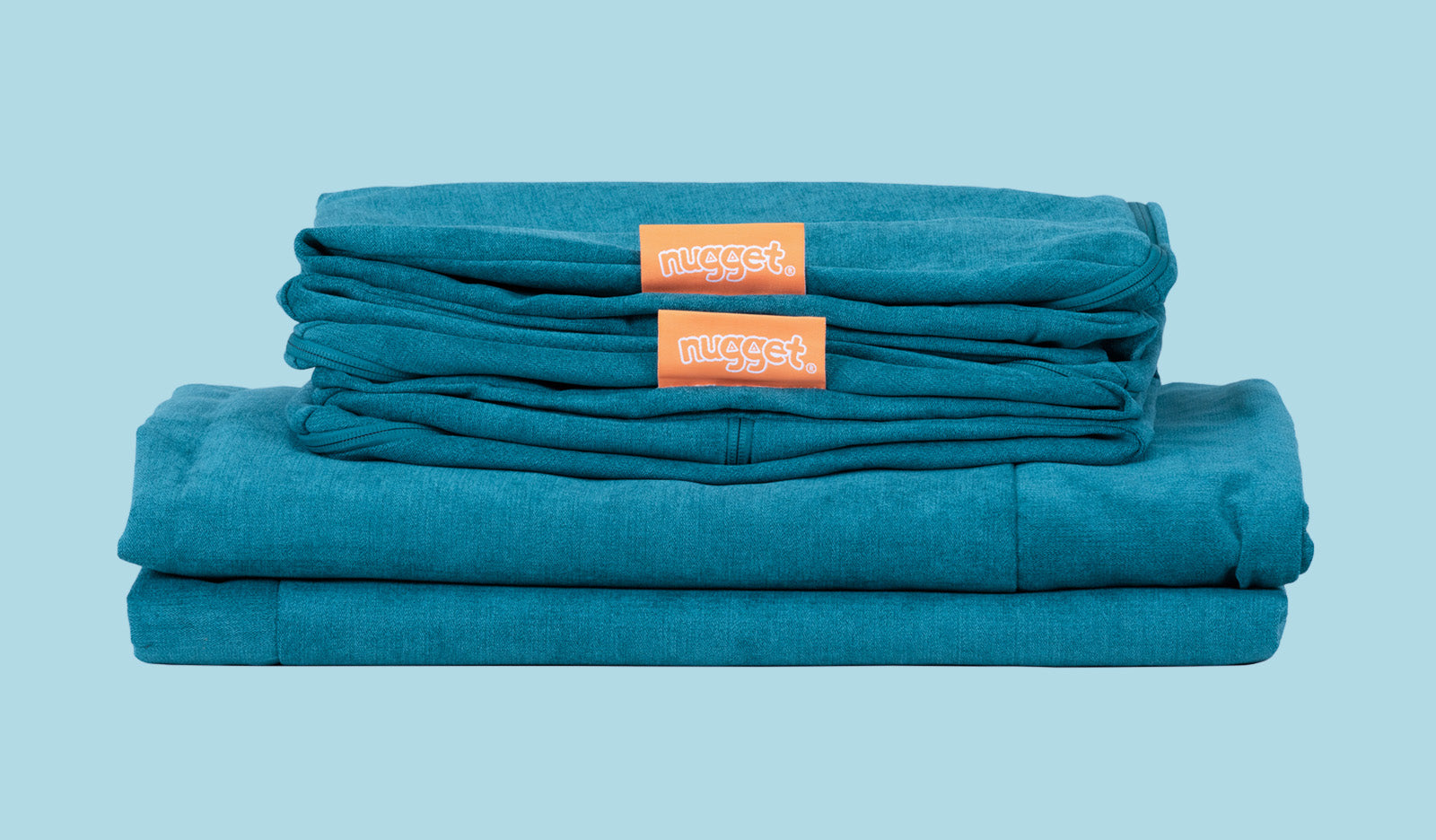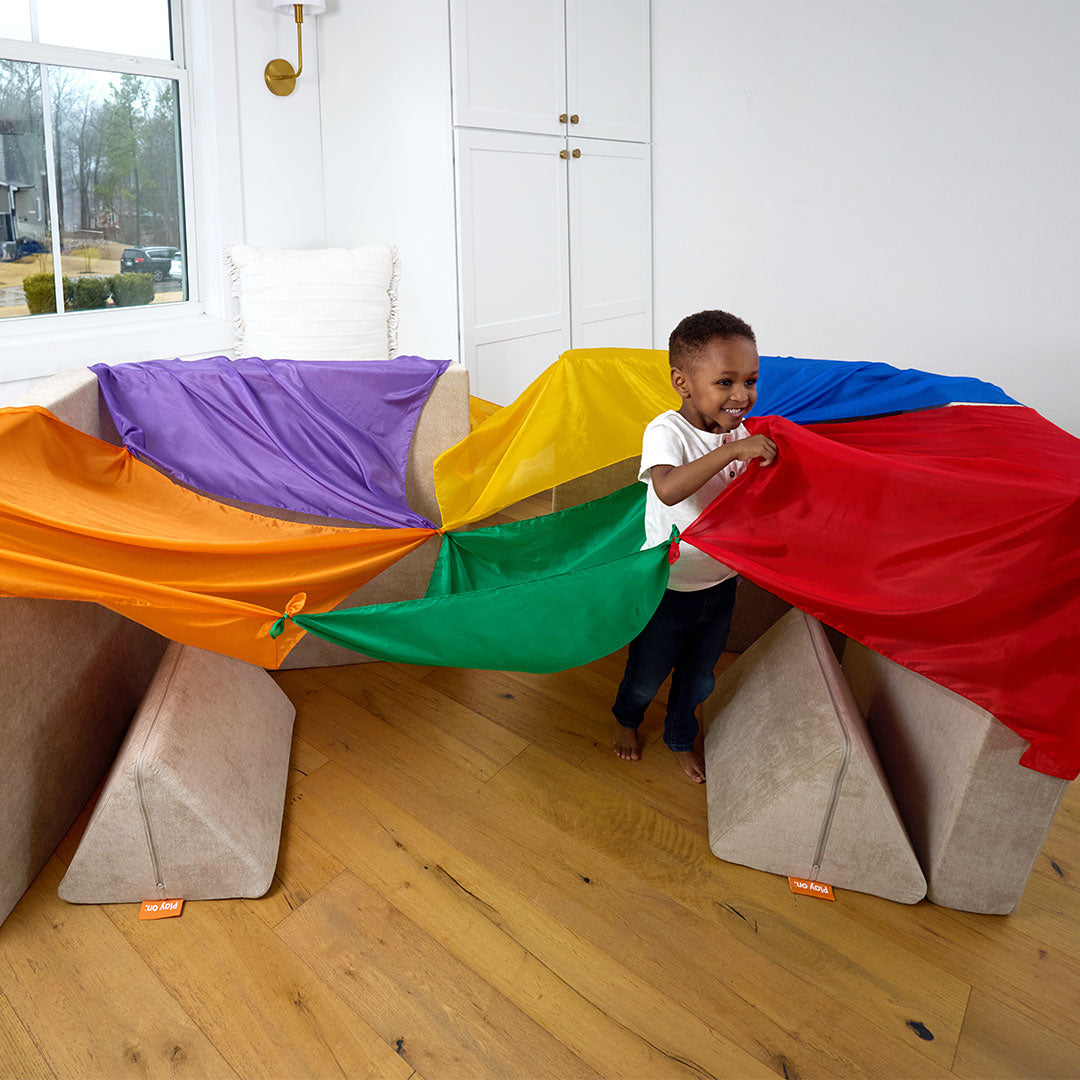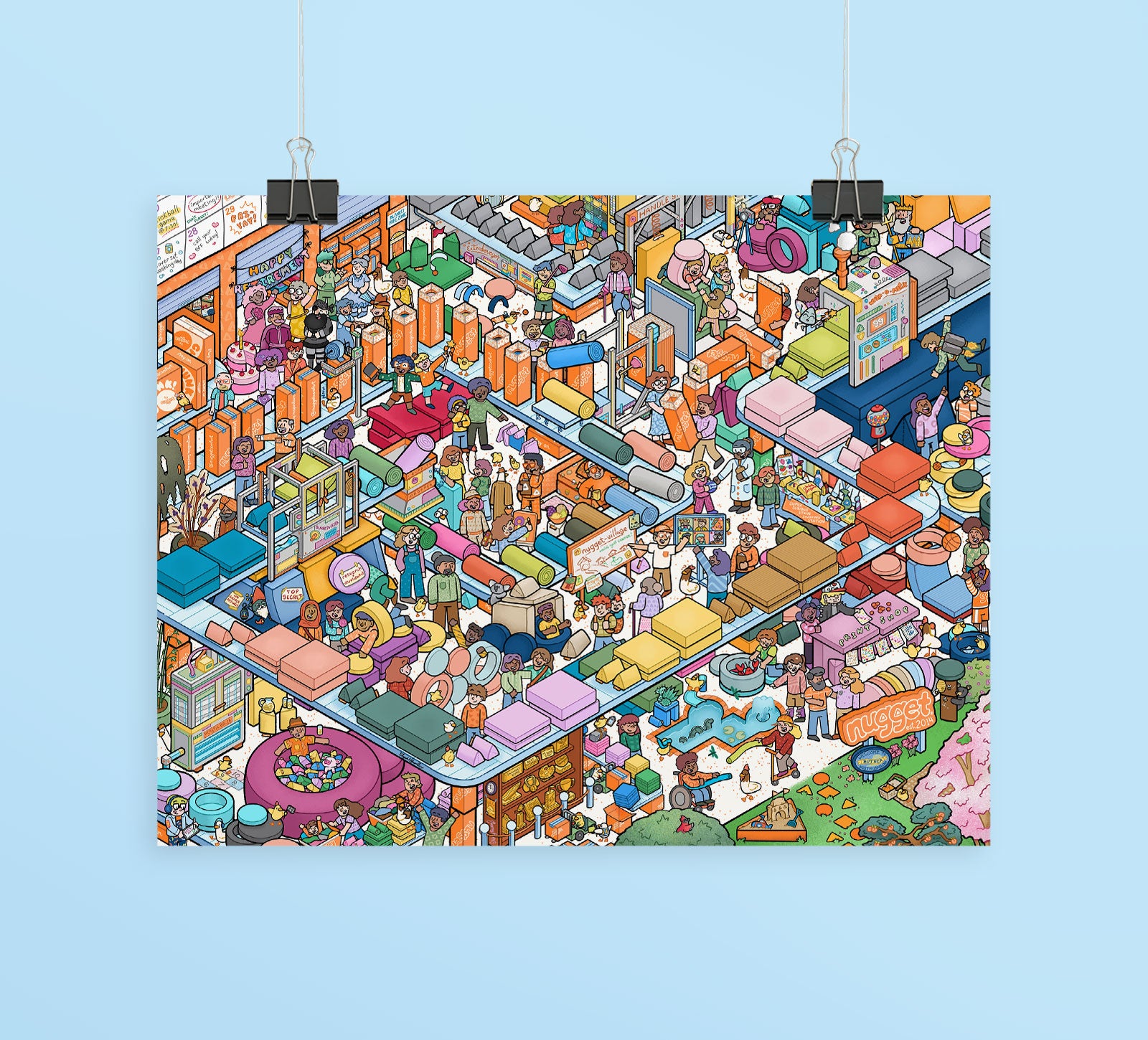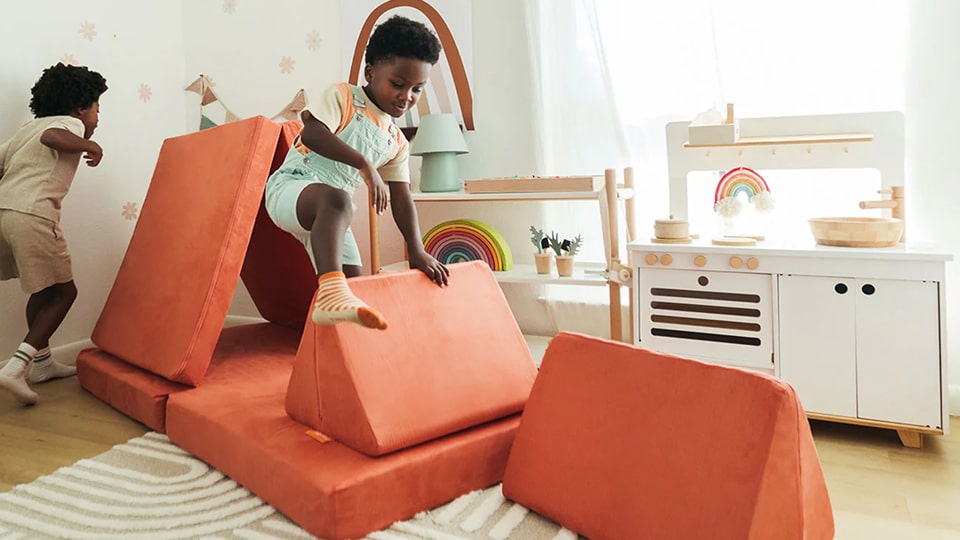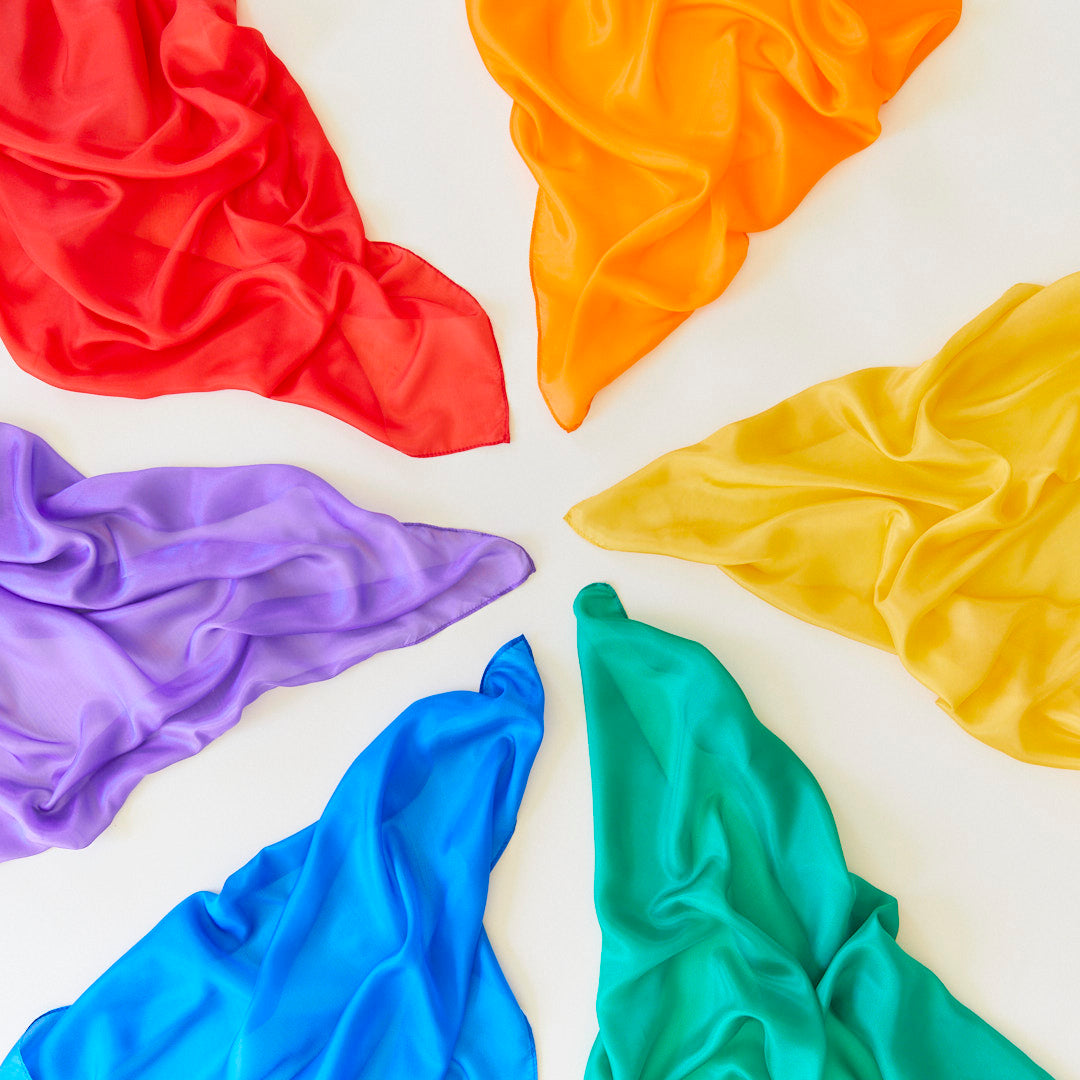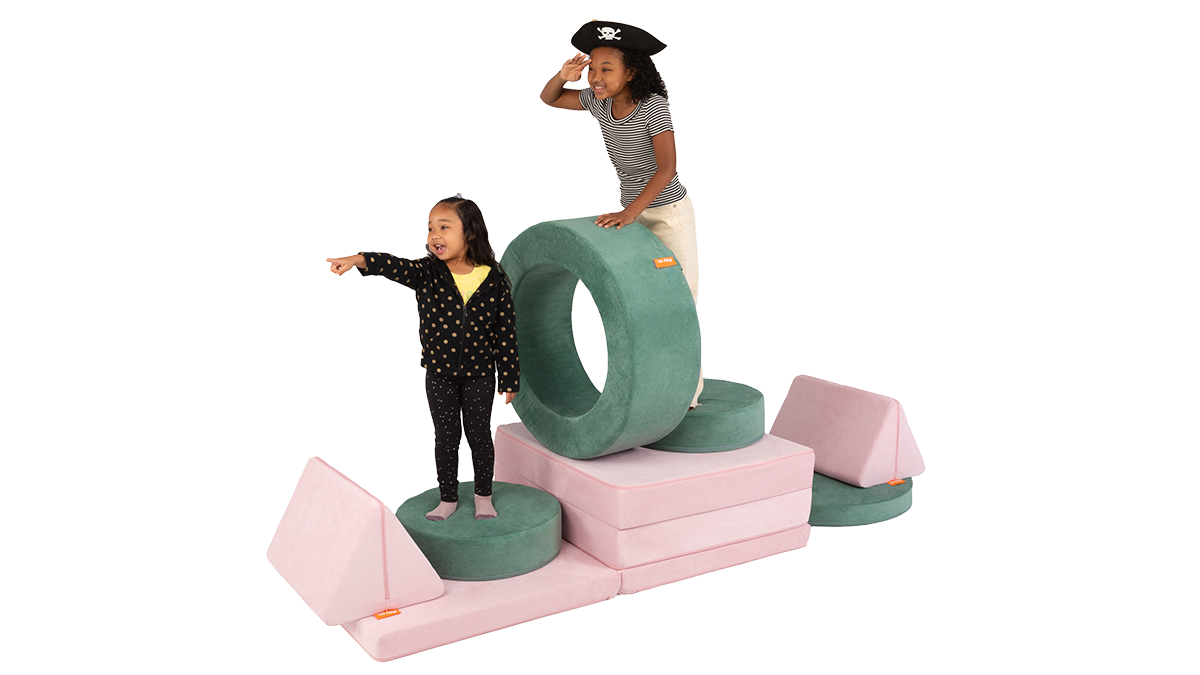Celebrating Black Creativity with the "Design Unc"

Editor’s Note: Nugget is honoring and highlighting the work of Black artists and creatives — as well as educating ourselves on the barriers they’re facing in creative industries. Join us in Celebrating Black Creativity this month — and all year long!
Black History Month is such an important time of year in our country — a space dedicated to learning about, uplifting, and celebrating Black stories and cultural contributions. Here at Nugget, we also want to hold space for the next generation of Black influence. That means educating ourselves and the Nuggetverse about how we can all work to bolster Black futures — especially in the creative world.
Part of that education is acknowledging the disheartening barriers that Black creatives and professionals face every day.
Take graphic design, for example. In 2019, an industry survey found only 3% of designers were Black. Two years later, the number of Black designers had grown to 4.9% of the workforce, but they’re still underrepresented — because Black workers make up 12.6% of the overall labor force.

Black designer Terrence Moline is eager to fix that. He founded the African American Graphic Designers network, which works to connect, nurture, and support Black creatives in the design industry. The group functions as a collective, taking on clients and matching them with about 100 different Black graphic designers, illustrators, artists, and visual communicators. There’s also a Facebook group, home to about 2,500 creatives.
“We are all trying to get better together in this community,” Terrence says. He says AAGD has been a great space for feedback and critique — as well as income. “My main goal…is to get money into the Black creative community. Period.”
Because they function as a collective, they can often lend their creative services to community organizations and family-owned businesses that often can’t afford quality design work, in addition to more lucrative jobs. Those service-focused jobs keep AAGD designers accountable and connected to their communities, and focused on the “value of humanity,” Terrence says.
 Terrence sees many challenges to increasing the number of Black designers in the U.S.
Terrence sees many challenges to increasing the number of Black designers in the U.S.
“With the cultural hardships of 2020, we witnessed a conscious effort to find Black employees in almost every sector, including design,” he says. “I was inundated for months with phone calls from agencies who just discovered us, although we’d been around for 13 years.”
He says he asked a lot of follow-up questions about companies’ onboarding plans, past hiring practices, and their diversity, inclusion, and belonging plans — and found himself dissatisfied with their answers, or lack thereof. He acknowledges the benefits of that visibility and accessibility, but he’s skeptical of the sustainability of it, and he worries those companies haven’t kept their promises.
“They wanted to solve an age-old problem by simply hiring more Black people,” Terrence says. “Not really figuring out how to retain them.”
 Terrence says he wants to mentor these creatives so they can one day employ other Black designers. His nickname — the Design Unc — is a great indicator of how much responsibility he feels for his AAGD peers.
Terrence says he wants to mentor these creatives so they can one day employ other Black designers. His nickname — the Design Unc — is a great indicator of how much responsibility he feels for his AAGD peers.
Terrence places huge value on acknowledging and celebrating Black creativity – which he says he sees and hears everywhere, from international airlines playing Louis Armstrong during boarding, to hip-hop blasting in the subways of Paris.
“We have this creativity that, you know, I sometimes think America claims to love it? But they don’t love the people who create it. There’s just a love-hate relationship with Black creativity. So fostering and taking care and nurturing and curating Black creativity — that’s what I’m here to do. To make sure other Black people, Black kids, Black youth, have the opportunity to express themselves through their creativity, and know they will be appreciated by someone because of it.”
 Terrence is working to create space for expression for the kids in his own life — his daughter and his nephew. Because, as he says, the mission to celebrate Black creativity can be summed up like this: It means everything.
Terrence is working to create space for expression for the kids in his own life — his daughter and his nephew. Because, as he says, the mission to celebrate Black creativity can be summed up like this: It means everything.
You can do your part by following along in our Black Futures series. Join us in Celebrating Black Creativity this month — and every month.
Lightning Round: Nugget Style
Terrence’s dream build: “The minute I saw it, I was like: forts.” He’s planning some pretty epic fort builds with his 11-year-old daughter, Chrissy.
Terrence’s ideal Nugget pairing: Harbor and Atlantis. Why? It’s awfully similar to the colors for the Dallas Cowboys. “When I was a kid, my mom was an avid Dallas Cowboys fan. I had Dallas Cowboys wallpaper at one point.”
How the Nugget can help a young creative: “It’s a platform for comfort and storytelling. It’s an aid in imagination…. I think any person who is dealing or working with spatial organization is somebody who’s a budding designer.”
